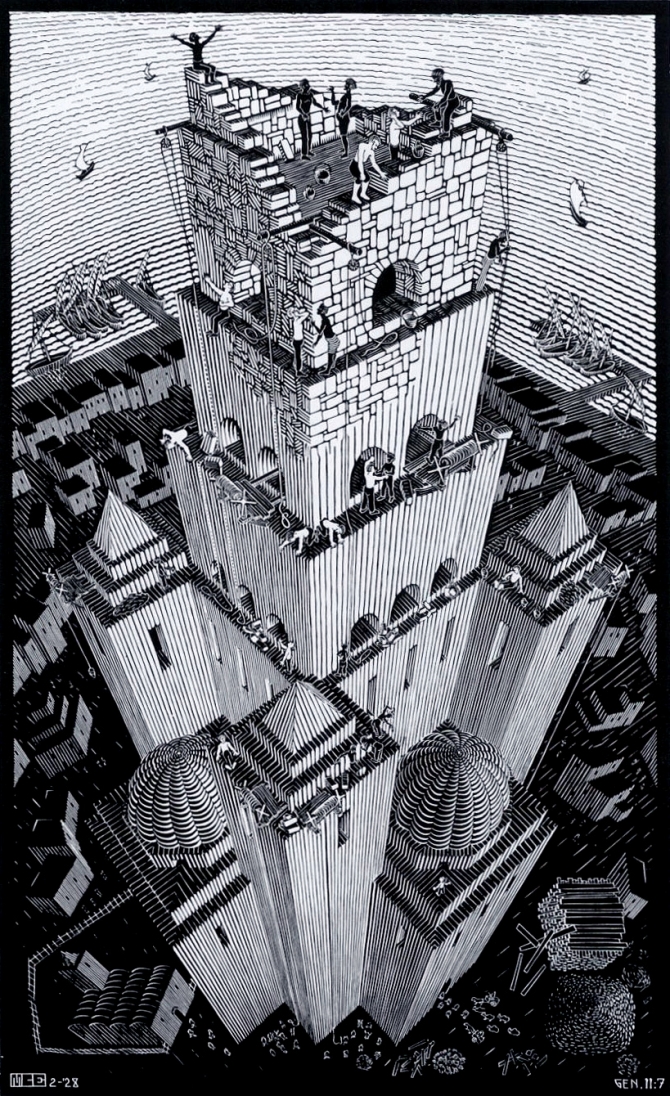 Rain the key ingredient this early Thursday morning on California’s north coast — the NWS advises fairly-gusty wind is scheduled to accompany more of that noted component this afternoon, the storms seemingly continuing indefinitely, at least until way-into next week.
Rain the key ingredient this early Thursday morning on California’s north coast — the NWS advises fairly-gusty wind is scheduled to accompany more of that noted component this afternoon, the storms seemingly continuing indefinitely, at least until way-into next week.
Our weather, our climate, especially in the nowadays, and so distinct, influencing the future — the Guardian earlier today:
2016 is set to be the warmest year ever recorded, according to a forecast issued by the UK Met Office on Thursday.
Climate change and the peaking of the El Niño weather phenomenon are expected to drive the global average temperature next year above the record now certain to be set for 2015, which itself beat a new record set in 2014.
A really-bad pattern developing and formulating into an apparent cycle of historic proportions, though, reportedly just earth-ingredients reacting to 6,000 years of human abuse.
(Illustration: M.C.Escher’s ‘Tower of Babel,’ found here).
In the last few weeks, climate has been somewhat forefront on the news cycle, with the UN climate accord signed in Paris, and the warm winter of the eastern US, and our growing wetness out here in the West, maybe showcasing how climate/weather-related shit reveals true impact of the human endeavor on this planet, which has been heavy-fisted at best.
And really not all that long — supposedly natural patterns which had persevered on earth for 300 million years started being altered about the time humanity created shit not natural. In 4000 BC, historically the plow arrived in farming, the wheel for movement and transport, but especially the farming part, the nowadays were born..
Origins of this chain-of-thought came from a piece I spied at yesterday’s Smithsonian on mankind’s real influence — some noteworthy points:
The increase in human activity, perhaps tied to population growth and the spread of agriculture, seems to have upended the way plants and animals distribute themselves across the land, so that species today are far more segregated than they’ve been at any other time.
That’s the conclusion of a study appearing this week in the journal Nature, and the ramifications could be huge, heralding a new stage in global evolution as dramatic as the shift from single-celled microbes to complex organisms.
…
The surprise discovery was that for 300 million years, it was more common for species pairs to occur together — to aggregate on a landscape — than it was for them to segregate.
Then the pattern flipped around 6,000 years ago in North America.
Around the same time the human population was expanding and becoming dependent on agriculture, plant and animal communities shifted to a pattern dominated by segregation.
…
“It’s striking that there’s a community structure that is changing in ways it hasn’t changed before and that appears to be associated with humans,” says Erle Ellis, a professor of geography and environmental systems at the University of Maryland and a member of the International Union of Geological Sciences Anthropocene Working Group.
“I would say it’s one of the most interesting indicators I’ve ever seen of a shift in the biosphere associated with humans.”
The scientists can’t say exactly why the shift occurs at this distinct moment in human history, but they’ve gone to great lengths to rule out other possible connections, including examining ice cores to get at past climate conditions.
There have been many periods of natural climate variability over those 300 million years, and still the pattern held steady, with an average of 64 percent of species pairs with significant relationships being aggregated.
After the shift 6,000 years ago, the average dropped to 37 percent.
Today, a significant relationship between a pair of species is more likely to mean where you find one, you don’t find the other. In other words, species are more segregated than they’ve ever been.
…
“There’s a tendency to think humans did not become a transformative force until fairly recently,” says Ellis.
“But this effect can be placed at the very beginnings of agriculture. So it’s a very early indicator. The process of humans becoming distinct from other species and the way they transformed the Earth is really the cause of the Anthropocene. So this [study] is interesting in terms of asking where and when did this train leave the station?”
In the beginning probably, but after barely moving for a long while, the train didn’t really pick-up turbine-speed until less than 200-hundred years ago — way-recent considering.
And we’re back to where we is and the damage done…